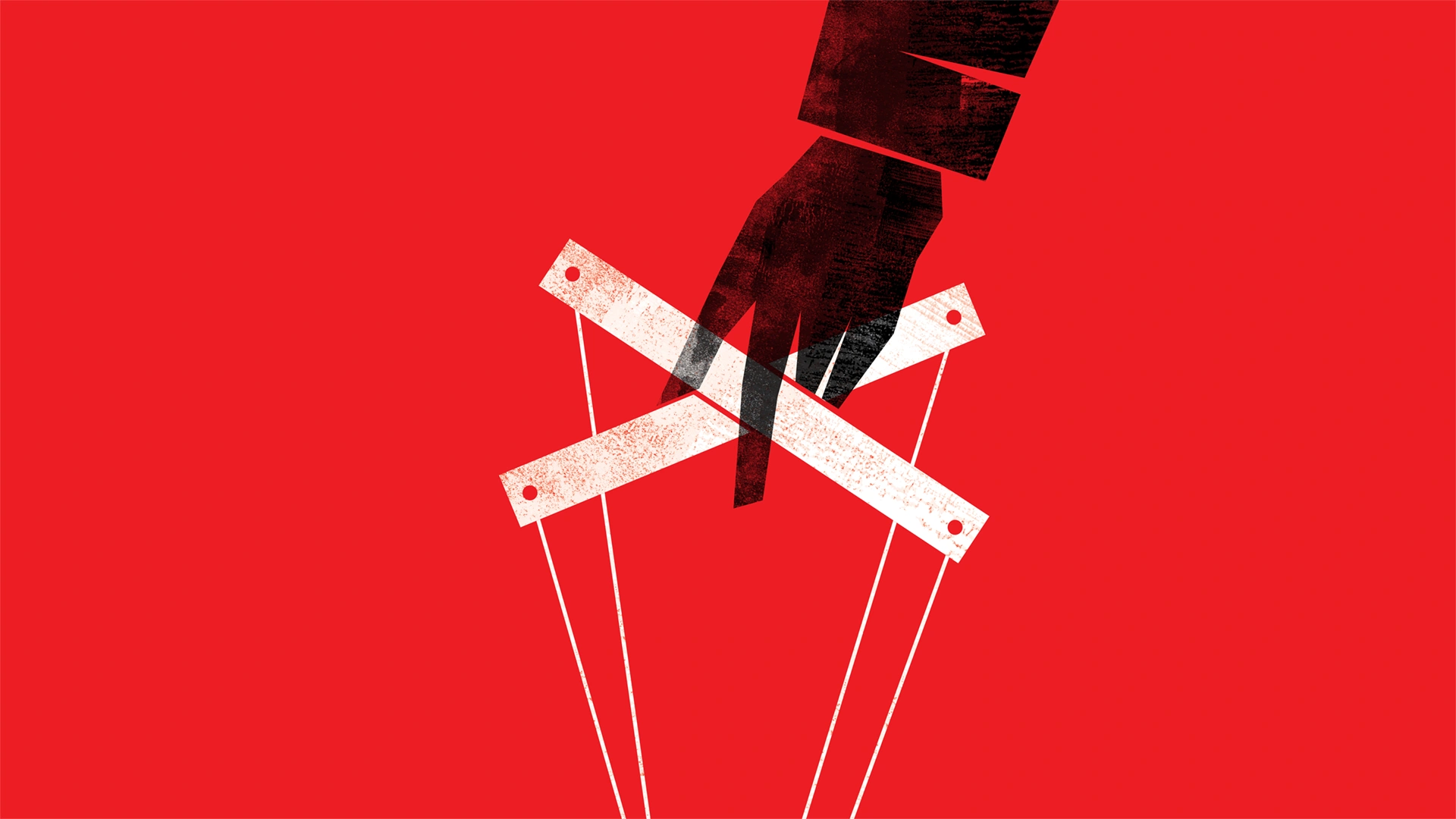The First Battle of Panipat took place on April 21, 1526, between the forces of Zahiruddin Mohammad Babur and the Afghan King Ibrahim Lodi. It happened in northern India. That marked the beginning of the rule of the Mughal Empire and the fall of the Delhi Sultanate. In the Indian Subcontinent, it was one of the first battles to use gunpowder cannon and field artillery. The Mughals had adopted this method.
History
The Lodi dynasty had ruled Delhi since 1206. Babur, after failing to conquer Samarkand, moved to Chenab in 1519. He initially planned to keep Punjab but then in 1524, he decided to take on the Lodi dynasty. Lodi dynasty was trembling by then. Babur moved further up north of India and conquered Lahore. The northern region at the time was under Lodhi. After a failed attempt by the Afghan King Ibrahim Lodi’s uncle to capture Delhi, Babur took the position in Panipat.
The Battle
Babur defended his right flank towards the city of Panipat, thus digging a trench covered in tree branches to protect his left flanks, after learning of the strength and numbers of Ibrahim’s army. He arranged 700 carts in the middle and tied them together with ropes. There were breastworks for his matchlock men between every two carts. Babur also made sure that his soldiers had enough room to rest and fire their weapons. Due to the Ottomans’ prior use of this tool during the Battle of Chaldiran, Babur referred to it as the “Ottoman device.”
Ibrahim’s army arrived and discovered that the road to Babur’s army was too small to assault. While Ibrahim repositioned his troops to accommodate the narrower front, Babur seized the opportunity to flank (Tulghuma) the Lodi army. As the fighting turned against them, many of Ibrahim’s forces were unable to get into action and fled. Ibrahim Lodi was beheaded after being killed while attempting to flee. The war claimed the lives of 20,000 Lodi troops.
Babur’s War Strategy
Babur’s weapons were decisive in combat. Particularly because Ibrahim’s army lacked field artillery. Moreover, the sound of the cannon scared Ibrahim’s elephants, which forced them to tramp his own soldiers.
Babur’s war tactics included the Tulguhma and Araba. Tulguhma referred to the division of the whole army into three units: The Left, the Right, and the Middle. Additionally, the units divided further into subdivisions, in terms of right and left. Therefore, this allowed the army to surround the enemy from all sides.
According to history, Ibrahim Lodi died on the Battlefield. Alongside him, 20,000 of his men died as well. The battle of Panipat was a decisive military success for the Timurids. In terms of politics, it gave Babur new lands and kicked off a new era in the long-running Mughal Empire in the heart of the Indian Subcontinent.






